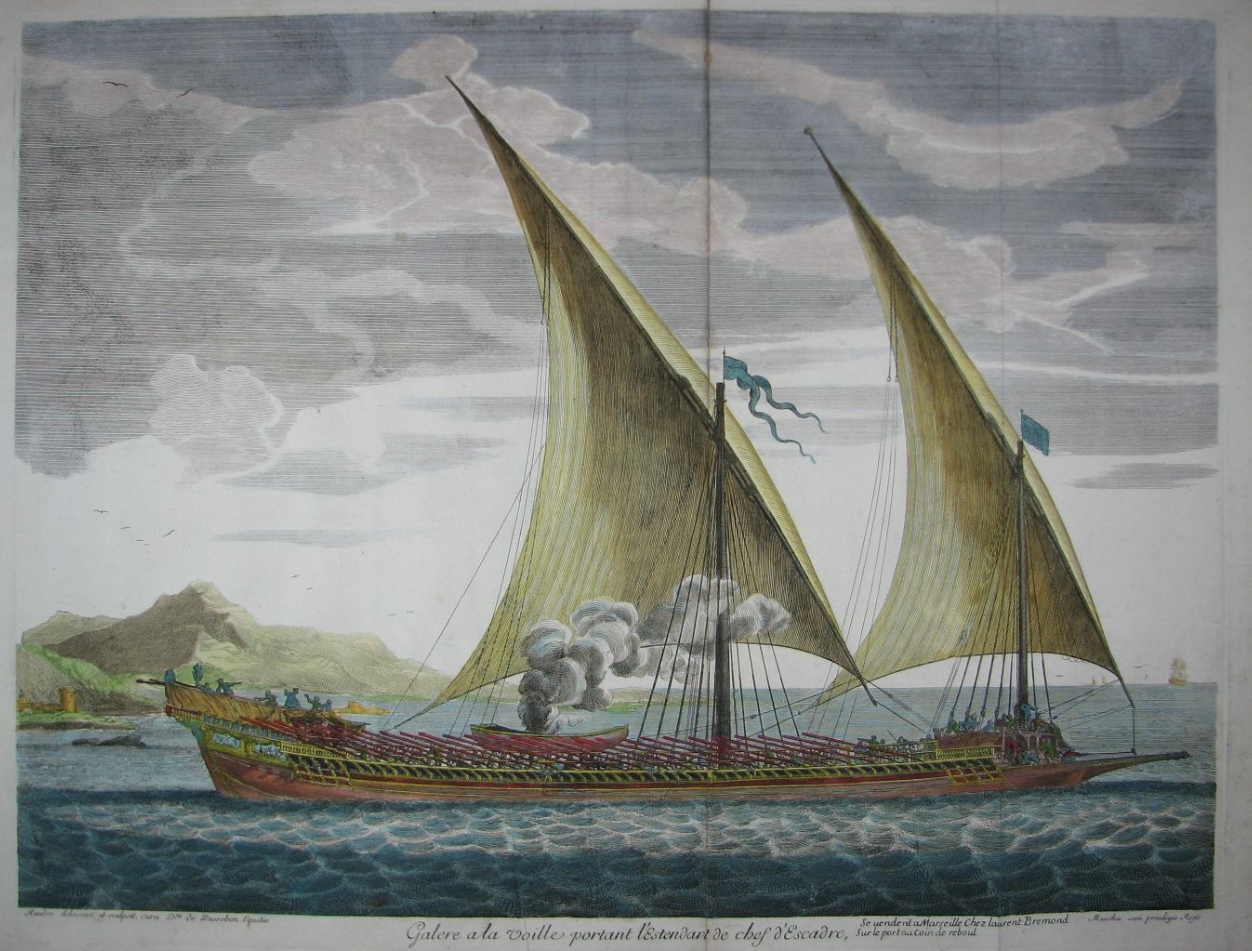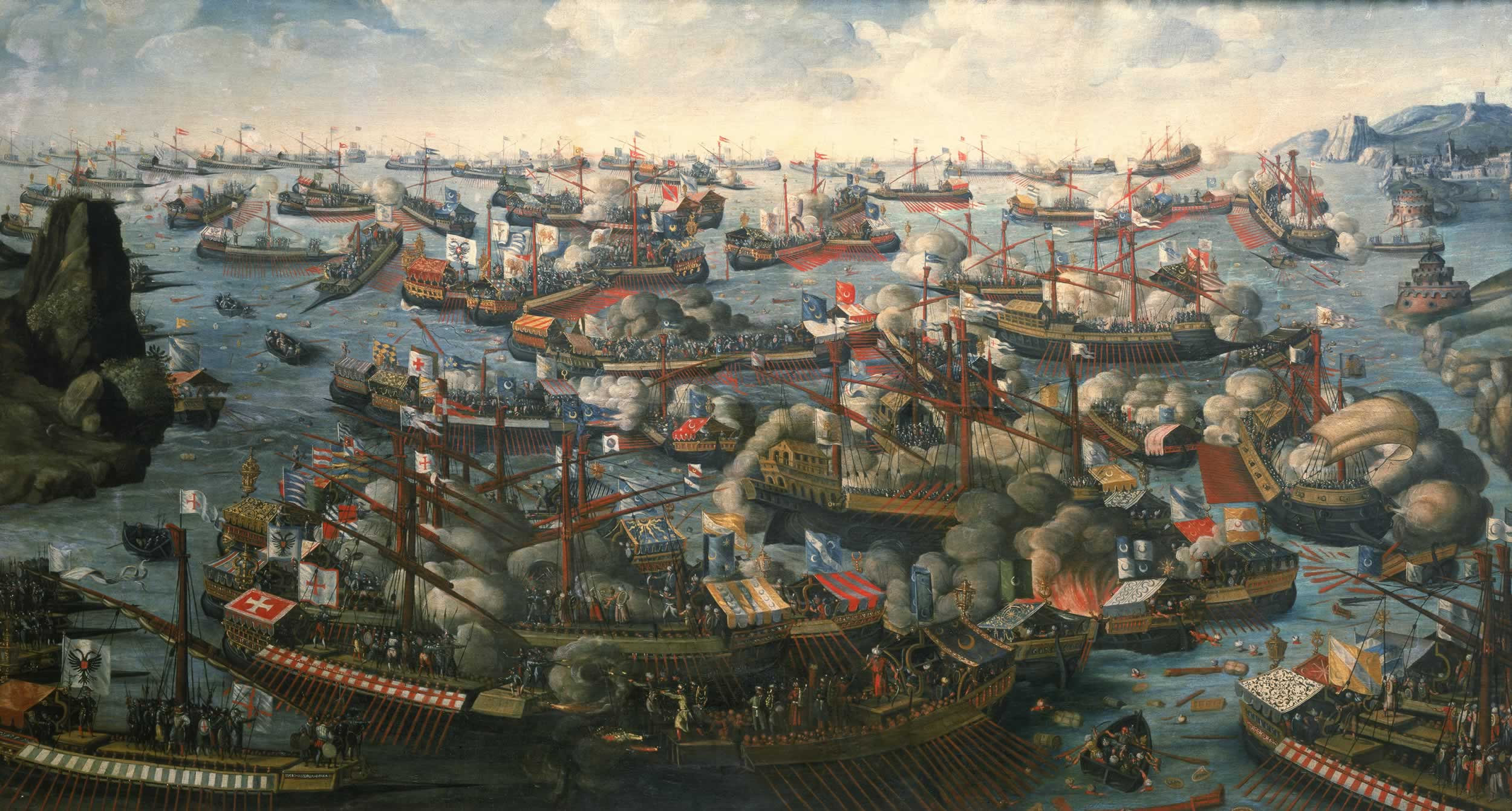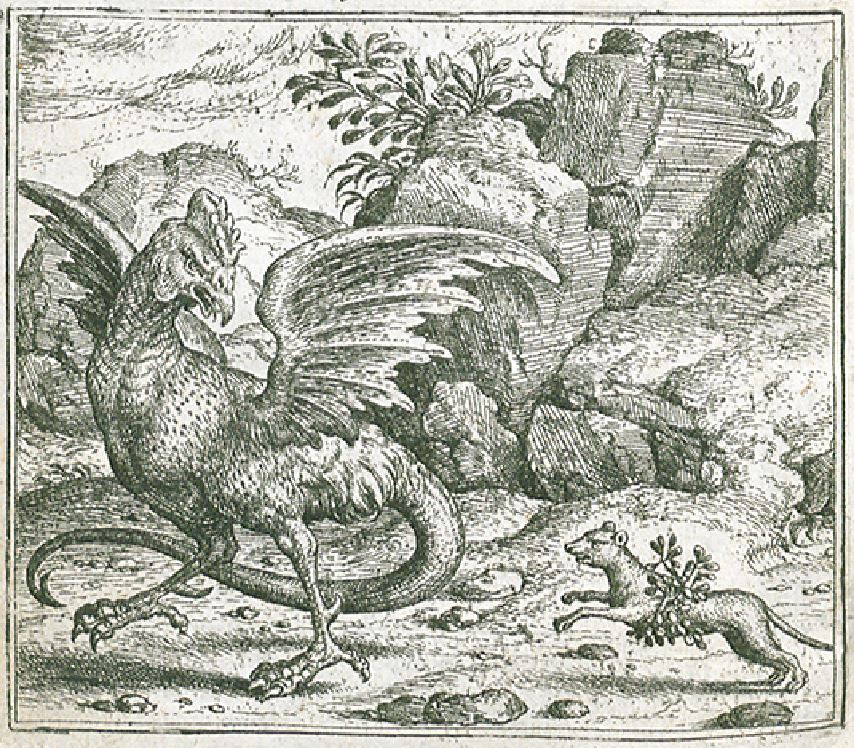|
Tarihi Kadırga
''Tarihi Kadırga'' ( Turkish for "historical galley") is an Ottoman galley constructed in the late 16th or early 17th century for the use of Ottoman sultans on inshore waters. She is the only surviving original galley in the world, and has the world's oldest continuously maintained wooden hull. Design ''Tarihi Kadırga'' has a length of and has a beam of , she was equipped with 24 pairs of oars, and crewed by 144 oarsmen. She had two masts, but these are now removed. History ''Tarihi Kadırga'''s date of construction is unknown. However, it is presumed that she was built in Istanbul in the period between the reigns of Sultan Murad III (1574–1595) and Sultan Mehmed IV (1648–1687), as evidenced by AMS radiocarbon dating and dendrochronological research. The ship had a long service life, remaining in use until the reign of Sultan Mahmud II (1808–1839). The first recorded mention of her dates from 1861, when the Istanbul newspaper ''Şehbal'' stated she was record ... [...More Info...] [...Related Items...] OR: [Wikipedia] [Google] [Baidu] |
Istanbul Naval Museum
The Istanbul Naval Museum (Turkish language, Turkish: ''İstanbul Deniz Müzesi'') is a national naval museum, located in the Beşiktaş district of Istanbul, Turkey. It was established in 1897 by the Ottoman Empire, Ottoman Minister of the Navy (''Bahriye Nazırı'') Bozcaadalı Hasan Hüsnü Pasha. The museum contains an important collection of military artifacts pertaining to the Ottoman Navy. In the maritime field, it is Turkey's largest museum, with a great variety of collections. Around 20,000 pieces are present in its collection, including the late 16th or early 17th century Ottoman Navy, Ottoman galley known as ''Tarihi Kadırga'', built in the period between the reigns of Sultan Murad III (1574–1595) and Sultan Mehmed IV (1648–1687), as evidenced by AMS radiocarbon dating and Dendrochronology, dendrochronological research. She is the only surviving original galley in the world, and has the world's oldest continuously maintained wooden hull. Being connected to the Tur ... [...More Info...] [...Related Items...] OR: [Wikipedia] [Google] [Baidu] |
Topkapı Palace
The Topkapı Palace (; ), or the Seraglio, is a large museum and library in the east of the Fatih List of districts of Istanbul, district of Istanbul in Turkey. From the 1460s to the completion of Dolmabahçe Palace in 1856, it served as the administrative center of the Ottoman Empire, and was the main residence of its sultans. Construction, ordered by the Sultan Mehmed the Conqueror, began in 1459, six years after the Fall of Constantinople, conquest of Constantinople. Topkapı was originally called the "New Palace" ( or ) to distinguish it from the Eski Saray, Old Palace ( or ) in Beyazıt Square. It was given the name , meaning Cannon Gate, in the 19th century. The complex expanded over the centuries, with major renovations after the 1509 Constantinople earthquake, 1509 earthquake and the 1665 fire. The palace complex consists of four main courtyards and many smaller buildings. Female members of the Sultan's family lived in the harem, and leading state officials, including th ... [...More Info...] [...Related Items...] OR: [Wikipedia] [Google] [Baidu] |
16th-century Ships
The 16th century began with the Julian calendar, Julian year 1501 (represented by the Roman numerals MDI) and ended with either the Julian or the Gregorian calendar, Gregorian year 1600 (MDC), depending on the reckoning used (the Gregorian calendar introduced a lapse of 10 days in October 1582). The Renaissance in Italy and Europe saw the emergence of important artists, authors and scientists, and led to the foundation of important subjects which include accounting and political science. Copernicus proposed the Copernican heliocentrism, heliocentric universe, which was met with strong resistance, and Tycho Brahe refuted the theory of celestial spheres through observational measurement of the SN 1572, 1572 appearance of a Milky Way supernova. These events directly challenged the long-held notion of an immutable universe supported by Ptolemy and Aristotle, and led to major revolutions in astronomy and science. Galileo Galilei became a champion of the new sciences, invented the first ... [...More Info...] [...Related Items...] OR: [Wikipedia] [Google] [Baidu] |
Galleys
A galley is a type of ship optimised for propulsion by oars. Galleys were historically used for warfare, trade, and piracy mostly in the seas surrounding Europe. It developed in the Mediterranean world during antiquity and continued to exist in various forms until the early 19th century. It typically had a long, slender hull, shallow draft, and often a low freeboard. Most types of galleys also had sails that could be used in favourable winds, but they relied primarily on oars to move independently of winds and currents or in battle. The term "galley" originated from a Greek term for a small type of galley and came in use in English from about 1300. It has occasionally been used for unrelated vessels with similar military functions as galley but which were not Mediterranean in origin, such as medieval Scandinavian longships, 16th-century Acehnese ghalis and 18th-century North American gunboats. Galleys were the primary warships used by the ancient Mediterranean naval powers, ... [...More Info...] [...Related Items...] OR: [Wikipedia] [Google] [Baidu] |
List Of Sailing Ships Of The Ottoman Empire
This is a list of known sailing warships of the Ottoman Empire and its various North African vassal states and dependencies, from the origin of the empire in the Late Middle Ages to 1859. During this period, the Ottomans used both oar-powered galleys and more conventional ship of the line, ships of the line, along with various hybrid designs. Many entries are based on western world, Western sources, therefore the names may be misspelled or not reflect the original name of the vessel, but that given by foreign observers and naval boarding, captors. Core Ottoman or Turkish vessels 15th century * ''Göke'' (1495), an oar-powered galleon used as flagship by Kemal Reis. She could transport 700 men and was armed with an unknown number of cannons. Boarded and burned by the Republic of Venice, Venetians during the Battle of Zonchio (1499). * ?, sister ship of the former, used by Kemal's brother, Burak Reis. 16th century * ''La Sultana'', flagship galley of Muezzinzade Ali Pasha, ... [...More Info...] [...Related Items...] OR: [Wikipedia] [Google] [Baidu] |
Basilisk
In European bestiary, bestiaries and legends, a basilisk ( or ) is a legendary reptile reputed to be a Serpent symbolism, serpent king, who causes death to those who look into its eyes. According to the ''Natural History (Pliny), Naturalis Historia'' of Pliny the Elder, the basilisk of Cyrene, Libya, Cyrene is a small snake, "being not more than twelve inches in length", that is so venomous, it leaves a wide trail of deadly venom in its path, and its gaze is likewise lethal. According to Pliny, the basilisk's weakness is the odor of a weasel. The weasel was thrown into the basilisk's hole, recognizable because some of the surrounding shrubs and grass had been scorched by its presence. It is possible that the legend of the basilisk and its association with the weasel in Europe was inspired by accounts of certain species of Asiatic and African snakes (such as Naja, cobras) and their natural predator, the mongoose. Etymology The word originates from the Greek form ''basilískos'' ( ... [...More Info...] [...Related Items...] OR: [Wikipedia] [Google] [Baidu] |
Stern
The stern is the back or aft-most part of a ship or boat, technically defined as the area built up over the sternpost, extending upwards from the counter rail to the taffrail. The stern lies opposite the bow, the foremost part of a ship. Originally, the term only referred to the aft port section of the ship, but eventually came to refer to the entire back of a vessel. The stern end of a ship is indicated with a white navigation light at night. Sterns on European and American wooden sailing ships began with two principal forms: the ''square'' or ''transom'' stern and the ''elliptical'', ''fantail'', or ''merchant'' stern, and were developed in that order. The hull sections of a sailing ship located before the stern were composed of a series of U-shaped rib-like frames set in a sloped or "cant" arrangement, with the last frame before the stern being called the ''fashion timber(s)'' or ''fashion piece(s)'', so called for "fashioning" the after part of the ship. This frame i ... [...More Info...] [...Related Items...] OR: [Wikipedia] [Google] [Baidu] |
Bow (watercraft)
The bow () is the forward part of the hull of a ship or boat, the point that is usually most forward when the vessel is underway. The aft end of the boat is the stern. Prow may be used as a synonym for bow or it may mean the forward-most part of the bow above the waterline. Function A ship's bow should be designed to enable the hull to pass efficiently through the water. Bow shapes vary according to the speed of the boat, the seas or waterways being navigated, and the vessel's function. Where sea conditions are likely to promote pitching, it is useful if the bow provides reserve buoyancy; a flared bow (a raked stem with flared topsides) is ideal to reduce the amount of water shipped over the bow. Ideally, the bow should reduce the resistance and should be tall enough to prevent water from regularly washing over the top of it. Large commercial barges on inland waterways rarely meet big waves and may have remarkably little freeboard at the bow, whereas fast military ... [...More Info...] [...Related Items...] OR: [Wikipedia] [Google] [Baidu] |
Beşiktaş
Beşiktaş () is a district and municipality of Istanbul Province, Turkey. Its area is 18 km2 and its population is 175,190 (2022). It is located on the European shore of the Bosphorus strait. It is bordered on the north by Sarıyer and Şişli, on the west by Kağıthane and Şişli, on the south by Beyoğlu, and on the east by the Bosphorus. Directly across the Bosphorus is the district of Üsküdar. The district includes a number of important sites along the European shore of the Bosphorus, from Dolmabahçe Palace in the south to the Bebek area in the north. It is also home to many inland (and relatively expensive, upper-middle class) neighborhoods such as Levent and Etiler. Some of its other well-known neighborhoods include Yıldız, Kuruçeşme, Ortaköy, and Arnavutköy. Beşiktaş' historic commercial centre is the Beşiktaş quarter and Çarşı (literally, "marketplace"), which adjoins the small Abbasağa Park. The district is home to the oldest sport ... [...More Info...] [...Related Items...] OR: [Wikipedia] [Google] [Baidu] |
Istanbul University
Istanbul University, also known as University of Istanbul (), is a Public university, public research university located in Istanbul, Turkey. Founded by Mehmed II on May 30, 1453, a day after Fall of Constantinople, the conquest of Constantinople by the Turks, it was reformed as the first Education in the Ottoman Empire, Ottoman higher education institution influenced by Decline and modernization of the Ottoman Empire, European approaches. The successor institution, which has been operating under its current name since 1933, is the first university in modern Turkey. The university has 58,809 undergraduate, graduate, and doctoral students studying in 112 academic units, including faculties, institutes, colleges, and vocational schools at 9 campuses. The main campus is adjacent to Beyazıt Square in Fatih, the capital district of the province, on the European side of the city. :Istanbul University alumni, Istanbul University alumni include Nobel Prize in Chemistry winner Aziz Sa ... [...More Info...] [...Related Items...] OR: [Wikipedia] [Google] [Baidu] |
National Geographic Magazine
''National Geographic'' (formerly ''The National Geographic Magazine'', sometimes branded as ''Nat Geo'') is an American monthly magazine published by National Geographic Partners. The magazine was founded in 1888 as a scholarly journal, nine months after the establishment of the society, but is now a popular magazine. In 1905, it began including pictures, a style for which it became well known. Its first color photos appeared in the 1910s. During the Cold War, the magazine committed itself to present a balanced view of the physical and human geography of countries beyond the Iron Curtain. Later, the magazine became outspoken on environmental issues. Until 2015, the magazine was completely owned and managed by the National Geographic Society. Since 2015, controlling interest has been held by National Geographic Partners. Topics of features generally concern geography, history, nature, science, and world culture. The magazine is well known for its distinctive appearance: a ... [...More Info...] [...Related Items...] OR: [Wikipedia] [Google] [Baidu] |
Strake
On a vessel's Hull (watercraft), hull, a strake is a longitudinal course of Plank (wood), planking or Plate (metal), plating which runs from the boat's stem (ship), stempost (at the Bow (ship), bows) to the stern, sternpost or transom (nautical), transom (at the rear). The garboard strakes are the two immediately adjacent to the keel on each side. The word derives from traditional wooden boat building methods, used in both Carvel (boat building), carvel and clinker (boat building), clinker construction. In a metal ship, a strake is a course of plating. Construction In small boats strakes may be single continuous pieces of wood. In larger wooden vessels strakes typically comprise several planks which are either scarf joint, scarfed, or Butt joint, butt-jointed and reinforced with a butt block. Where the transverse sections of the vessel's shape are fuller, the strakes are wider; they taper toward the ends. In a Rivet, riveted steel ship, the strakes were usually lapped and ... [...More Info...] [...Related Items...] OR: [Wikipedia] [Google] [Baidu] |










